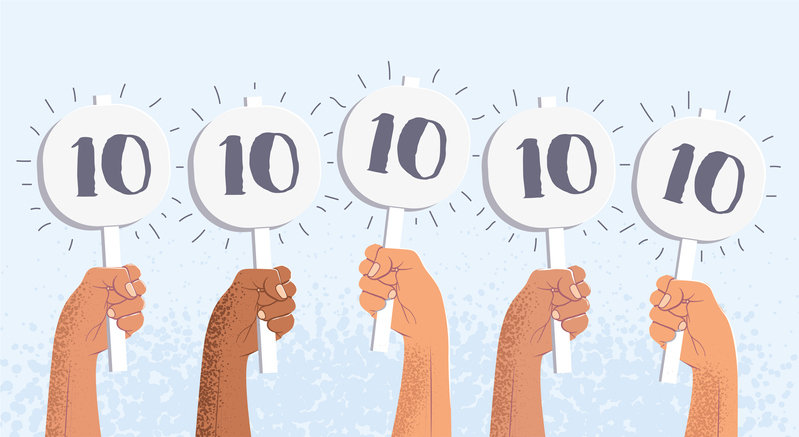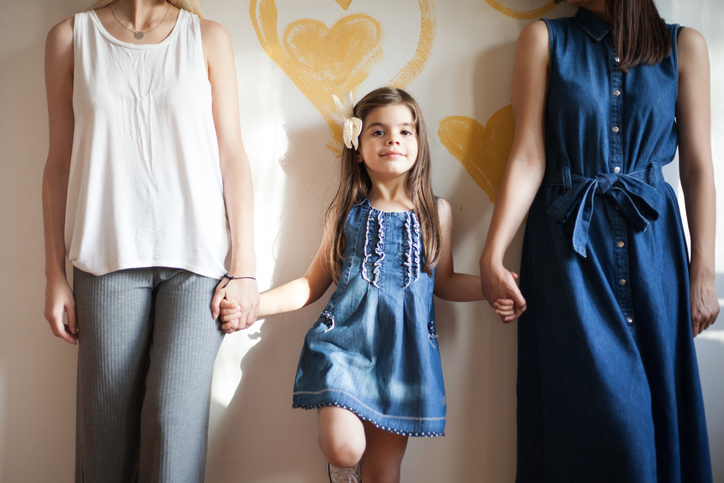 Over the past year, we’ve touched on the importance of self-care for parents during the pandemic. It’s essential for parents to take care of themselves during these times, especially parents of children and teens who struggle with ADHD, learning disabilities, anxiety and other issues. After finally having adjusted to personal care practices in quarantine, it may be time to start considering adjusting to life in a new normal. Here are some tips to help update practices of post-pandemic self-care for parents. Although the road to conquering COVID-19 remains long, there does seem to be a light at the end of the tunnel. With vaccination rollouts happening at a relatively fast pace in the United States, and increasingly more common elsewhere, it’s time to prepare for entering social situations. This may require a little extra energy right now, but there are ways to help make the transition easier and more exciting for you and your family. It starts with a solid self-care routine for parents that might look much different than what you’re used to. Here’s my advice.
Over the past year, we’ve touched on the importance of self-care for parents during the pandemic. It’s essential for parents to take care of themselves during these times, especially parents of children and teens who struggle with ADHD, learning disabilities, anxiety and other issues. After finally having adjusted to personal care practices in quarantine, it may be time to start considering adjusting to life in a new normal. Here are some tips to help update practices of post-pandemic self-care for parents. Although the road to conquering COVID-19 remains long, there does seem to be a light at the end of the tunnel. With vaccination rollouts happening at a relatively fast pace in the United States, and increasingly more common elsewhere, it’s time to prepare for entering social situations. This may require a little extra energy right now, but there are ways to help make the transition easier and more exciting for you and your family. It starts with a solid self-care routine for parents that might look much different than what you’re used to. Here’s my advice.
12 tips for post-pandemic self-care for parents:
1. Expect that things will look different post-pandemic.
Change can be difficult. It’s normal to feel anxious about another change. To help adjust, plan for unpredictability and some discomfort with the world reopening. And when the discomfort overwhelms you, see if you can find comfort knowing that change is a catalyst for growth.
2. Create a safety net.
Identify what you need to feel safe leaving your house. Post a list to remind your family of self-care items, for parents and kids. Common list items may include your run-of-the-mill wallet (forms of payment, photo ID, etc.), mask, hand sanitizer, keys, and cell phone. Bringing a water bottle, notebook to keep yourself occupied in semi-public situations, a book, and other items may help you shift slowly into a more social mindset.  Post-pandemic, your safety net may also expand to include your vaccination card, immune boosters, a thermometer, or oximeter. Be sure your children and teens with ADHD have extra masks and hand sanitizer as they will likely lose things along the way. These items will help you feel more comfortable with this shift.
Post-pandemic, your safety net may also expand to include your vaccination card, immune boosters, a thermometer, or oximeter. Be sure your children and teens with ADHD have extra masks and hand sanitizer as they will likely lose things along the way. These items will help you feel more comfortable with this shift.
3. Navigate the social scene slowly.
Give yourself time and space to enter the world and meet with people. Follow your own levels of comfort. Keep in mind that your capacity to handle social situations may have changed quite a bit in a more isolated environment. Self-care considerations for parents might look different now than they did pre-pandemic. Give yourself grace and space to accept your new energy levels, and adjust your calendar according to them (instead of the other way around).
4. Wonder instead of worry.
Shift the perspective from worrying about what might happen to curiosity about the future. Curiosity is the starting point for all creativity and knowledge, after all. Recall times in the past when you’ve been courageous and link those experiences to what’s going on now.
5. Expect awkward moments and accept them.
 It can be hard to know what to do and say post-pandemic. It’s been a long time since many of us were around humans in person regularly. Putting words to how you feel can help people understand your thought process and brain space. Making jokes can help other people feel comfortable. Honestly? They’re probably feeling similar and are not sure how to explain it.
It can be hard to know what to do and say post-pandemic. It’s been a long time since many of us were around humans in person regularly. Putting words to how you feel can help people understand your thought process and brain space. Making jokes can help other people feel comfortable. Honestly? They’re probably feeling similar and are not sure how to explain it.
6. Create statements to connect.
Practice makes perfect. Because you now have a shared experience, your small talk might look a little bit different. In fact, it might not be small talk at all. Create a list of statements, thoughts, and questions you’d like to use to engage with people post-pandemic. Questions like “How are things going?” “What are you doing?” “Are you able to work?” “Have you gotten a vaccine yet?” and more can really relay that you care, and open up a deeper conversation. Always keep in mind that saying something positive will help the person you’re speaking with be comfortable with you. This is one way self-care for parents can positively impact family and friends, too. Kind observations and new things learned can help create depth in your interactions. Positive statements will also leave a better – and perhaps lasting – impression on your acquaintances, family, and friends.
7. Be empathic.
It’s been hard on all of us. What’s been tough? What’s gone well? Be sure to engage these questions with yourself often, and acknowledge that others may be struggling with the same thoughts. Open yourself to the fact that you have a shared experience in this pandemic, and there are more opportunities to bond moving forward.
8. Start small.
Instead of expecting to go back like gangbusters, be kind to yourself and pace your exposure and contact. This will be difficult for the parents who tackle a million things a day, and who are used to a hectic family schedule. You and your children have missed your friends, but heading back into the world can happen gradually for your family. Self-care for parents means allowing yourself to dip your toes in first.
9. Acknowledge the stress pile-on of the past year.
Our stress bucket, already filled to the brim, is now overflowing. Take some time each day to decompress. Everything has been heavier, and you have been managing as well as you can, given whatever resources (external and internal) you have. Give yourself credit for what you and you’r family have done, not what you haven’t done!
10. Mind your sleep.
 All of this uncertainty can affect your sleep. What can help to interrupt this pattern is to adjust your bedtime ritual. Keeping away from bright lights and screens for about an hour before you go to bed is ideal for better sleep. Getting some time outdoors during the day will help to naturally regulate your sleep cycle. If your sleep continues to be uneven, consult with your doctor.
All of this uncertainty can affect your sleep. What can help to interrupt this pattern is to adjust your bedtime ritual. Keeping away from bright lights and screens for about an hour before you go to bed is ideal for better sleep. Getting some time outdoors during the day will help to naturally regulate your sleep cycle. If your sleep continues to be uneven, consult with your doctor.
11. Simplify your to-do list.
We are living on an information overload. Television, phones, radios, and other technological devices are providing information at a rapid pace. Meanwhile, we consume messages from the world around us in multiple other forms of media. There is a lot going on all around us constantly, and it can be hard to absorb everything, let alone have the energy to personally contribute to anything. Multitasking is really a myth. To reduce overwhelm, make a conscious effort to do one thing at a time and no more than two. Boundaries are an important component of self-care for parents and can make a big impact on your wellbeing.
12. Consciously lower your expectations (or allow some grace into your life).
We have numerous factors that lead to persistent weariness. Making sure the well-being of our children is taken care of while developing and growing our relationships across the board isn’t an easy feat. That, coupled with stressors like work, home and family obligations and other variants can really take a toll on you. Consider making fewer plans, and lower your expectations for what you “should” accomplish. Focus on what nourishes you instead.
Maintaining your post-pandemic self-care practices
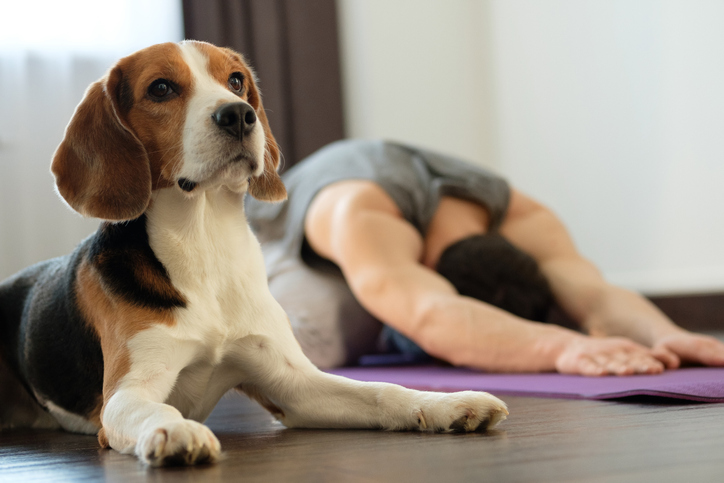 Once you are able to focus on the smaller circumstances and practices that make things better, you can practice gratitude more – perhaps even with your ADHD child! Acknowledging the positive, noticing individual talents and doing activities together all show your ADHD child or teen that you care about who they are and you are glad that they are in your lives. It can also help them express gratitude that you may not otherwise feel on a daily basis. The past year has been difficult for everyone. It’s important that we all learn to care for ourselves as we move forward. Self-care for parents positively impacts kids, too. Family relationships often improve and parents model healthy behavior for kids and teens. So whether you’re experiencing resilience fatigue – which comes from being depleted mentally, physically and emotionally – social anxiety, or otherwise, it’s time to prioritize your wellbeing. As we approach re-opening, keep in mind the 5 C’s of ADHD parenting. Once you’ve established your own self-care routine, consider talking to your teen about creating one, too!
Once you are able to focus on the smaller circumstances and practices that make things better, you can practice gratitude more – perhaps even with your ADHD child! Acknowledging the positive, noticing individual talents and doing activities together all show your ADHD child or teen that you care about who they are and you are glad that they are in your lives. It can also help them express gratitude that you may not otherwise feel on a daily basis. The past year has been difficult for everyone. It’s important that we all learn to care for ourselves as we move forward. Self-care for parents positively impacts kids, too. Family relationships often improve and parents model healthy behavior for kids and teens. So whether you’re experiencing resilience fatigue – which comes from being depleted mentally, physically and emotionally – social anxiety, or otherwise, it’s time to prioritize your wellbeing. As we approach re-opening, keep in mind the 5 C’s of ADHD parenting. Once you’ve established your own self-care routine, consider talking to your teen about creating one, too!
Read more blog posts:
- Beyond ADHD Pandemic Burnout: How to Help Your Family Regroup and Find Strength
- Dinnertime for the Family with ADHD: How to make family meals more enjoyable for all
- Kick off the Summer with 6 Easy Strategies for Better Living with ADHD

 Often, n
Often, n Actively teach your children that we all have strengths and challenges. The goal is creating as level a playing field as possible within the family unit so kids can be both “good” and “bad.” In fact, we all have executive functioning skills that run smoothly and need tweaking. Name what they are for each person, and discuss an approach where each person can work on improving one issue. Emphasize this so your child with ADHD doesn’t feel stuck as the person who needs all of the help in the family.
Actively teach your children that we all have strengths and challenges. The goal is creating as level a playing field as possible within the family unit so kids can be both “good” and “bad.” In fact, we all have executive functioning skills that run smoothly and need tweaking. Name what they are for each person, and discuss an approach where each person can work on improving one issue. Emphasize this so your child with ADHD doesn’t feel stuck as the person who needs all of the help in the family. 
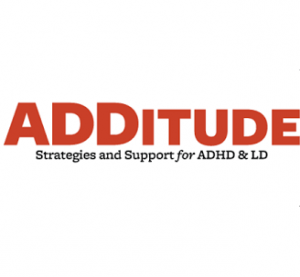


 When kids are anxious,
When kids are anxious, 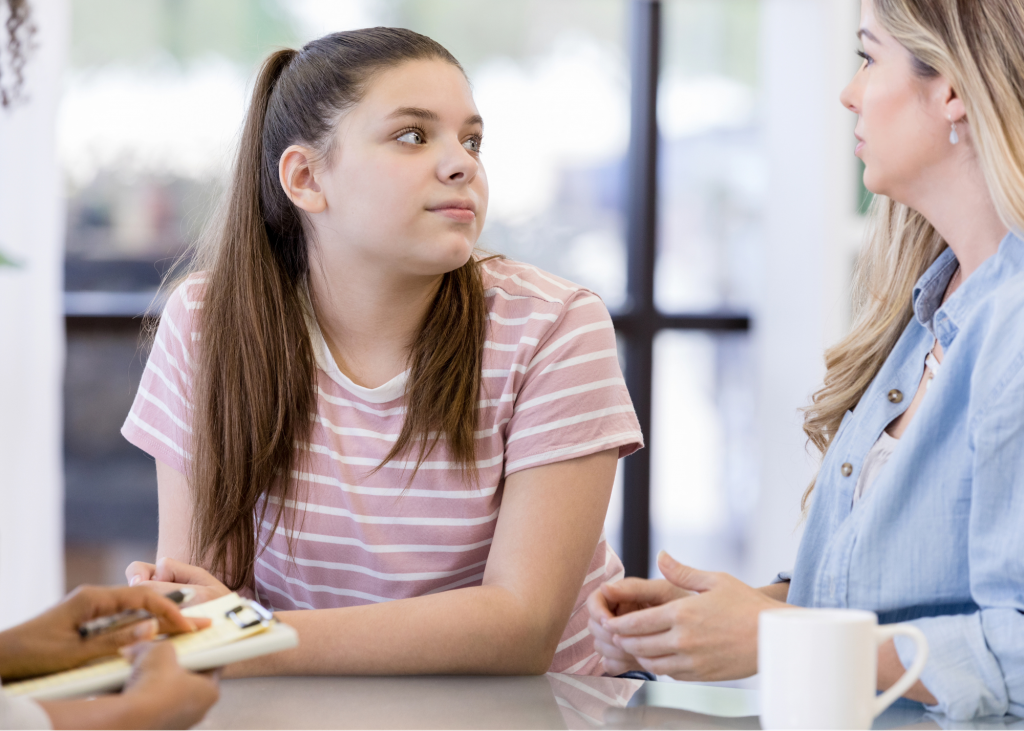
 As the spring air settles in, the daylight hours get longer, and our positivity shifts. But that glistening sunshine may cast a harsh light on the parts of your home and your life that need a good reset after this COVID year. Spring cleaning and decluttering can ignite fresh ideas and
As the spring air settles in, the daylight hours get longer, and our positivity shifts. But that glistening sunshine may cast a harsh light on the parts of your home and your life that need a good reset after this COVID year. Spring cleaning and decluttering can ignite fresh ideas and 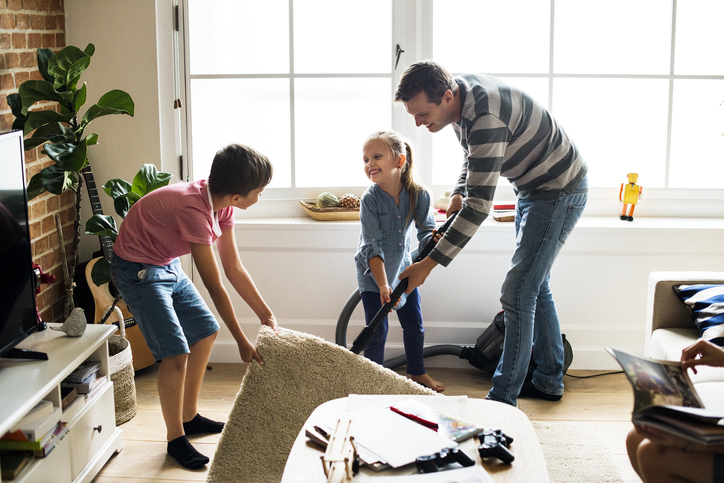 Make a list of what you want to do, how much overall time you want to spend in that room and how your kids can assist you. Give them tasks that are age appropriate and fit their capabilities. Pick different days for projects too. Maybe
Make a list of what you want to do, how much overall time you want to spend in that room and how your kids can assist you. Give them tasks that are age appropriate and fit their capabilities. Pick different days for projects too. Maybe 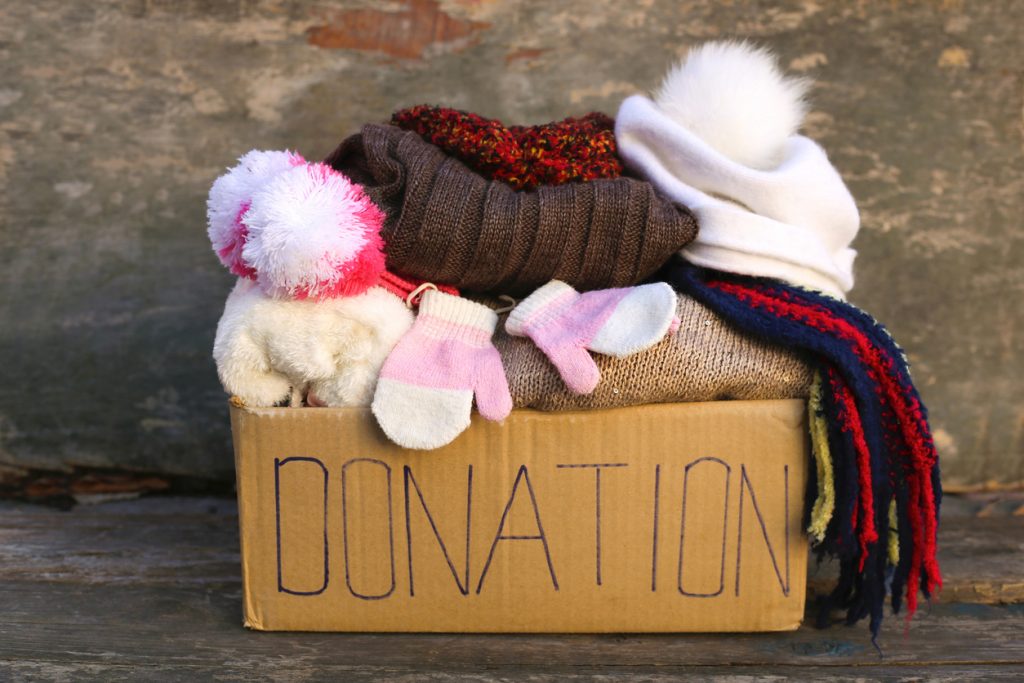
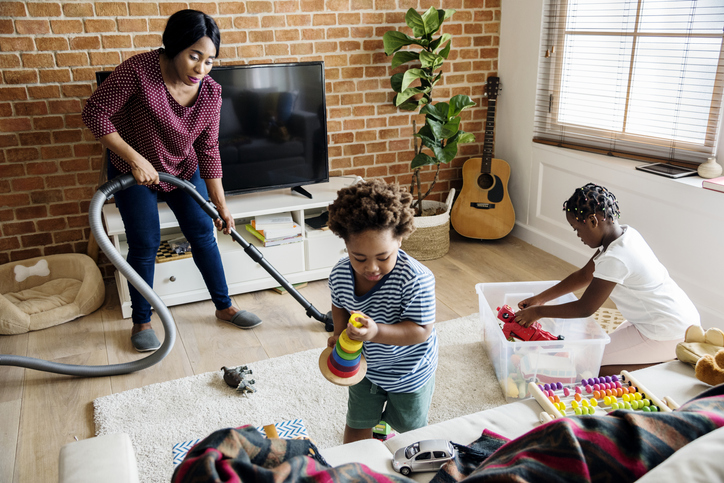 Start your organizing projects with your kids by asking them some questions. Instead of, “Why are your clothes always on the floor?” try, “I notice your clothes seems to end up on the floor. What might change that?” Kids with ADHD often have their own ideas about what makes sense to their brains in terms of managing their stuff. Some like to separate their clothes by color; others by function (tops, bottoms, etc.); others by seasons. Work with your child’s internal systems by expressing curiosity. “I wonder what would make it easier for you to see what’s in your drawers” or, “Let’s put the things you’re not really wearing in a plastic box and revisit this in a few months.” Ask, listen, participate and guide. When you do this, you become your child’s cleaning ally instead of their adversary.
Start your organizing projects with your kids by asking them some questions. Instead of, “Why are your clothes always on the floor?” try, “I notice your clothes seems to end up on the floor. What might change that?” Kids with ADHD often have their own ideas about what makes sense to their brains in terms of managing their stuff. Some like to separate their clothes by color; others by function (tops, bottoms, etc.); others by seasons. Work with your child’s internal systems by expressing curiosity. “I wonder what would make it easier for you to see what’s in your drawers” or, “Let’s put the things you’re not really wearing in a plastic box and revisit this in a few months.” Ask, listen, participate and guide. When you do this, you become your child’s cleaning ally instead of their adversary. 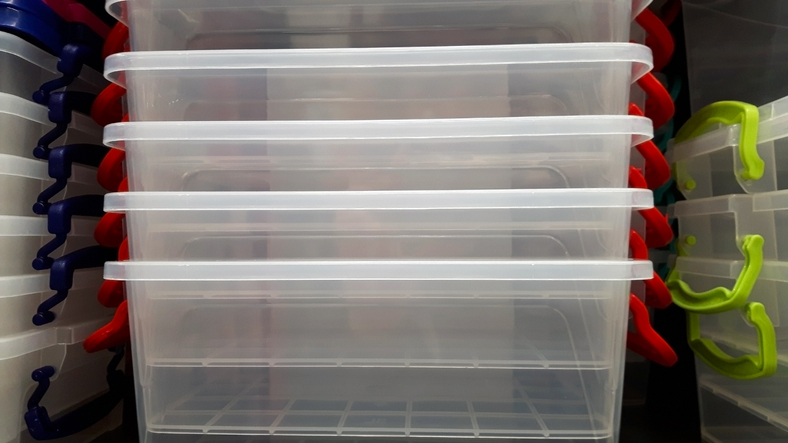 Another option is using plastic storage bins. I love these! Label the boxes and put them out of sight. When winter returns next year, you’ll be able to see and locate everybody’s stuff more quickly. Of course, if you find items that are outgrown or used very little this winter, pass them along to others!
Another option is using plastic storage bins. I love these! Label the boxes and put them out of sight. When winter returns next year, you’ll be able to see and locate everybody’s stuff more quickly. Of course, if you find items that are outgrown or used very little this winter, pass them along to others!









